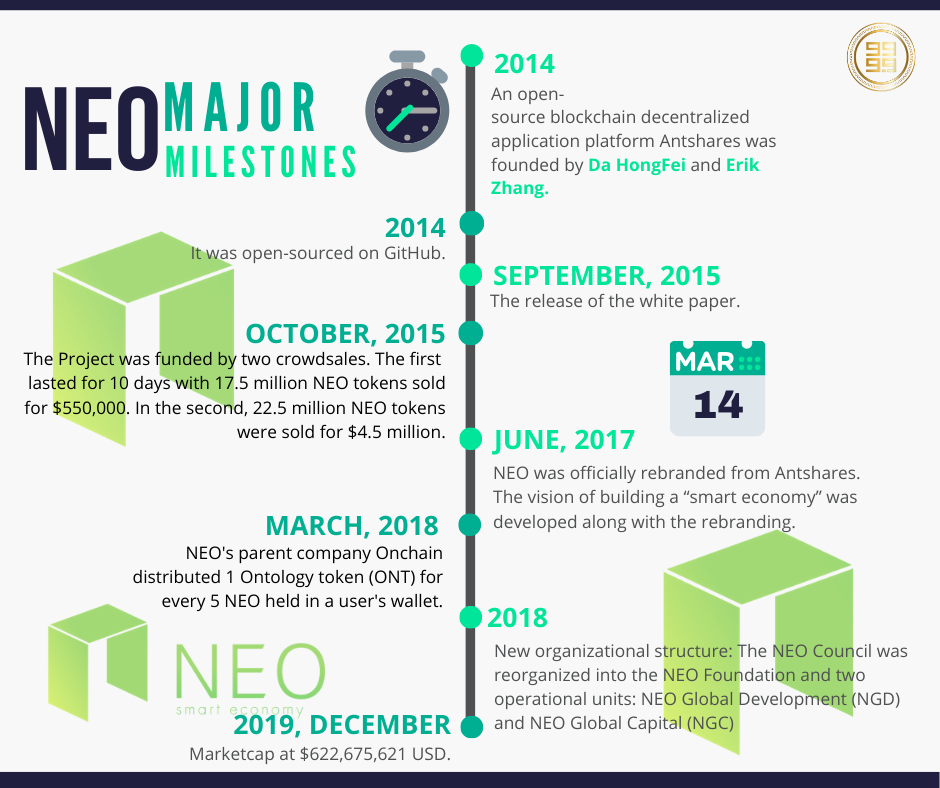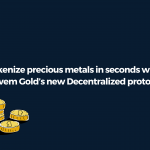
Since our project Novem Gold is operating on the NEO blockchain, it is time to give tribute to it. In this article, we will talk about the most important features of the NEO blockchain.
According to NEO website, “Neo is an open-source, community-driven platform that is leveraging the intrinsic advantages of blockchain technology to realize the optimized digital world of the future.”

Neo started with AntShares in 2014. Da Hongfei and Erik Zhang founded AntShares. In 2016, Da Hongfei and Erik founded OnChain, a venture-backed company providing blockchain-based financial services. The team rebranded AntShares as Neo in 2017. NEO blockchain has gained much interest because of its vision of establishing a smart economy.
NEO’s Main Aim
The project’s goal to become a decentralized distributed ledger digitizing real-world assets. It means that NEO enables the exchange and management of digital assets on a peer-to-peer network.
NEO and Trust
NEO is often called compared to Ethereum, largely because of its use of smart contracts. Like Ethereum, NEO utilizes smart contracts to solve the problem of trust in a distributed peer-to-peer network.
Thus, if a user on a peer-to-peer network needs to trade a traditional asset like gold, they first have to digitize it and then create a smart contract with rules and guidelines of the trade.
After that, the smart contract can execute the deal without the involvement of the parties.
As soon as the smart contract gets on the blockchain, it becomes immutable. This way, it guarantees no interference from both parties.
It ensures trust between the parties because they can rely on the contract that guarantees that both parties hold up their end of the deal.
Programming Language
NEO’s smart contracts are written in such languages as C#, Go, Java, Python, or JavaScript. These popular coding languages make the development of smart contracts easy and cheap. Consequently, it will further boost the development of smart contracts and facilitate trust in digital assets trading.
NEO dBFT Protects the Network
Besides, NEO blockchain uses a dBFT2.0 (Delegated Byzantine Fault Tolerance) consensus algorithm with high stability, high TPS, and single block finality. It protects the network against malicious actors:
- In simple words, it acts like a government system where all people living there, delegates, and speakers ensure the network’s efficiency.
- The dBFT algorithm utilizes a voting system to choose delegates whose main job is to approve the blocks and speakers proposing the next block.






